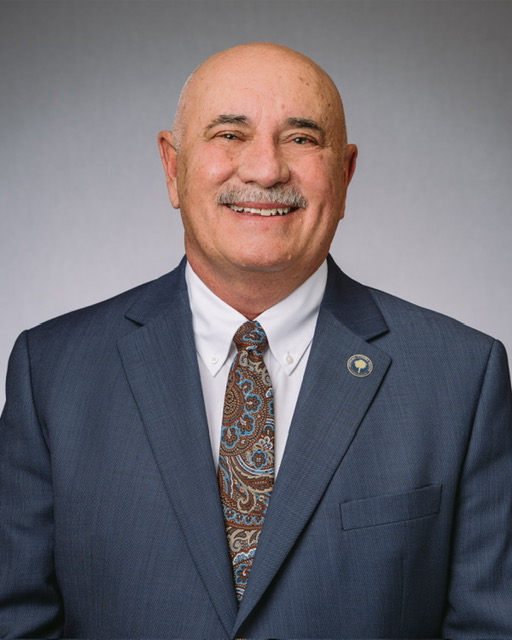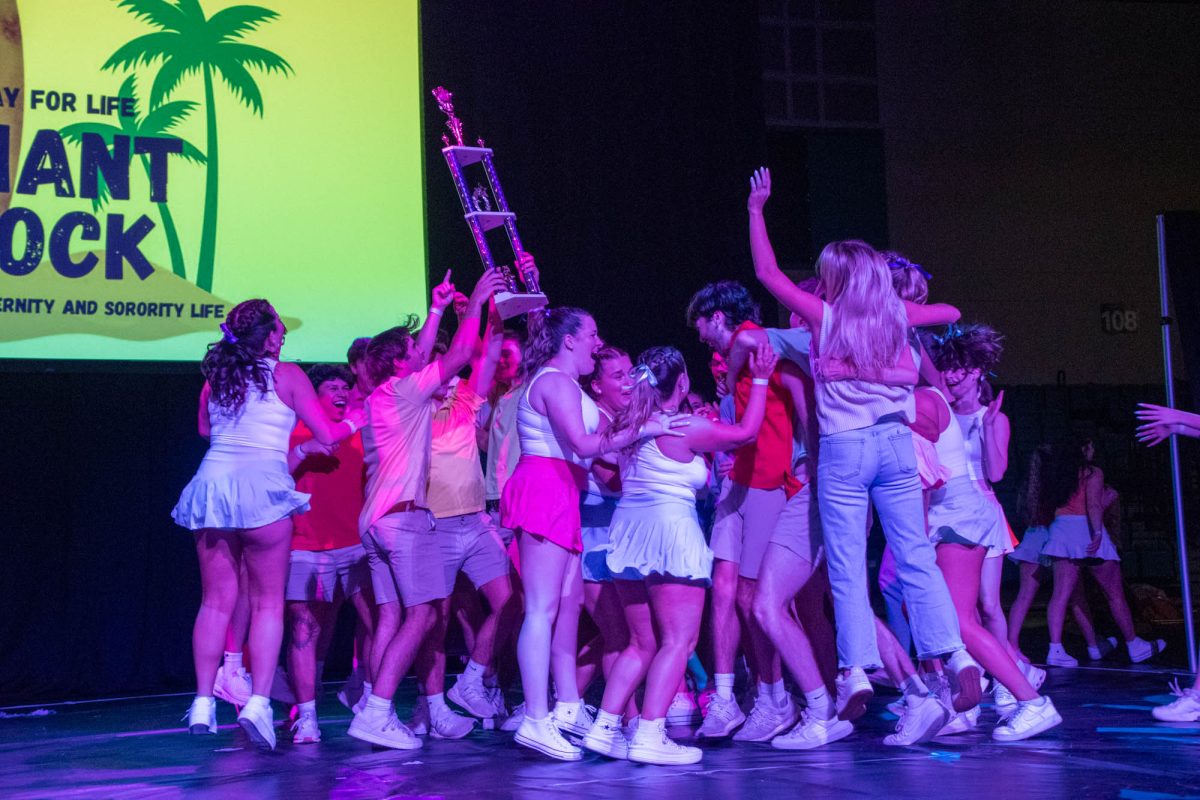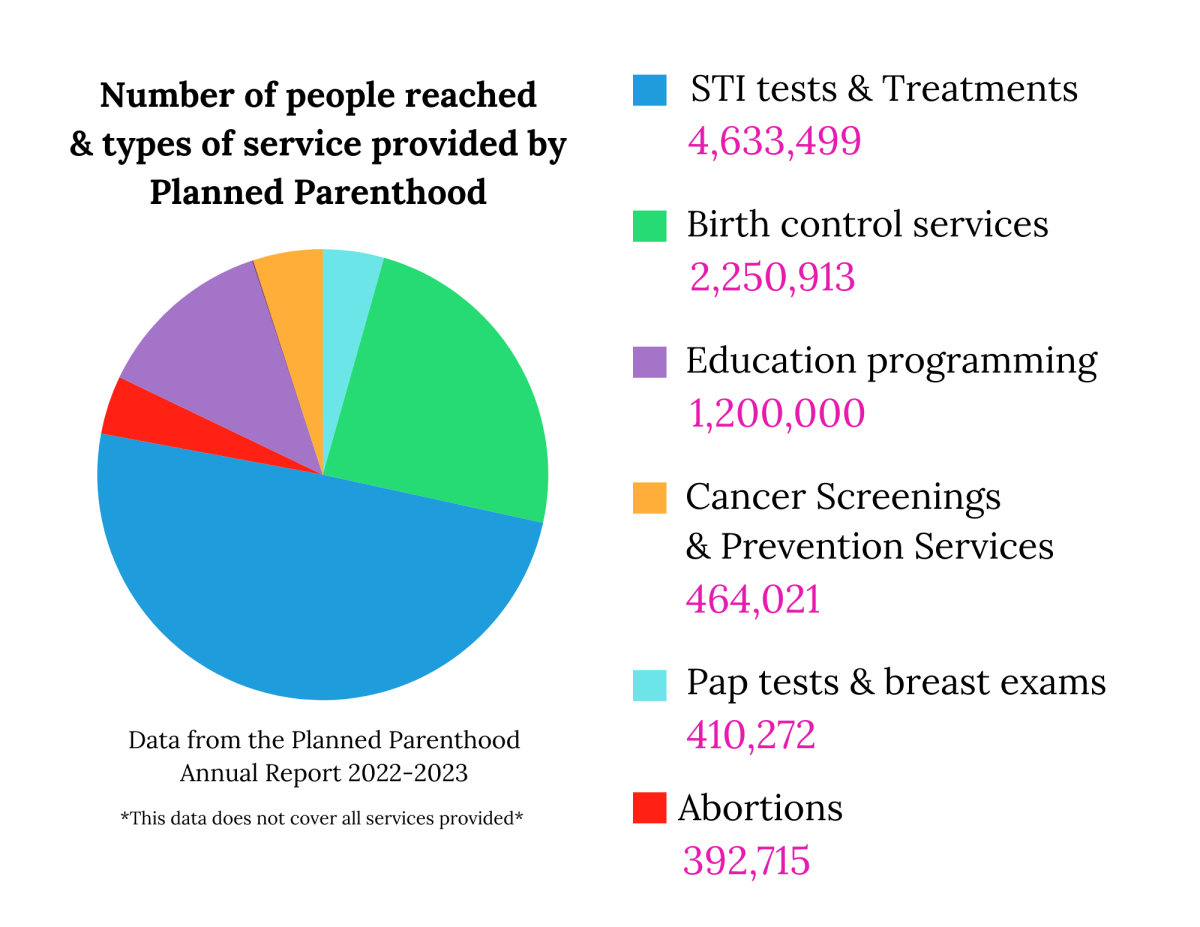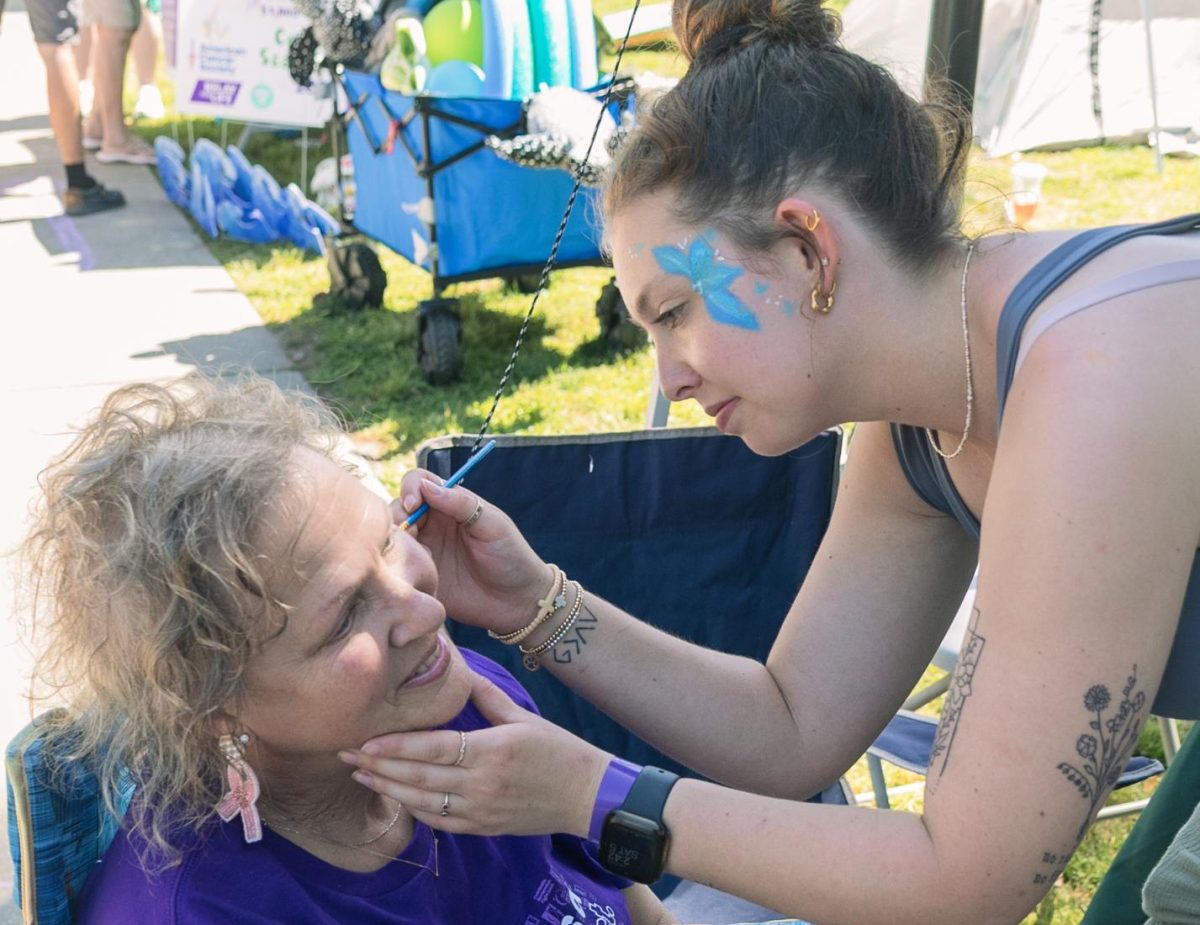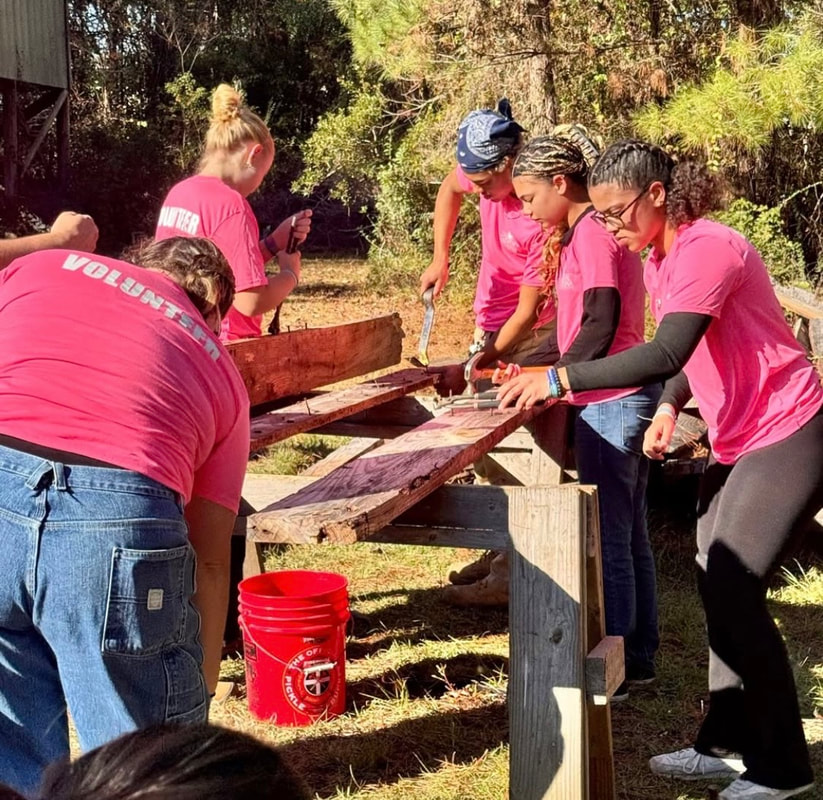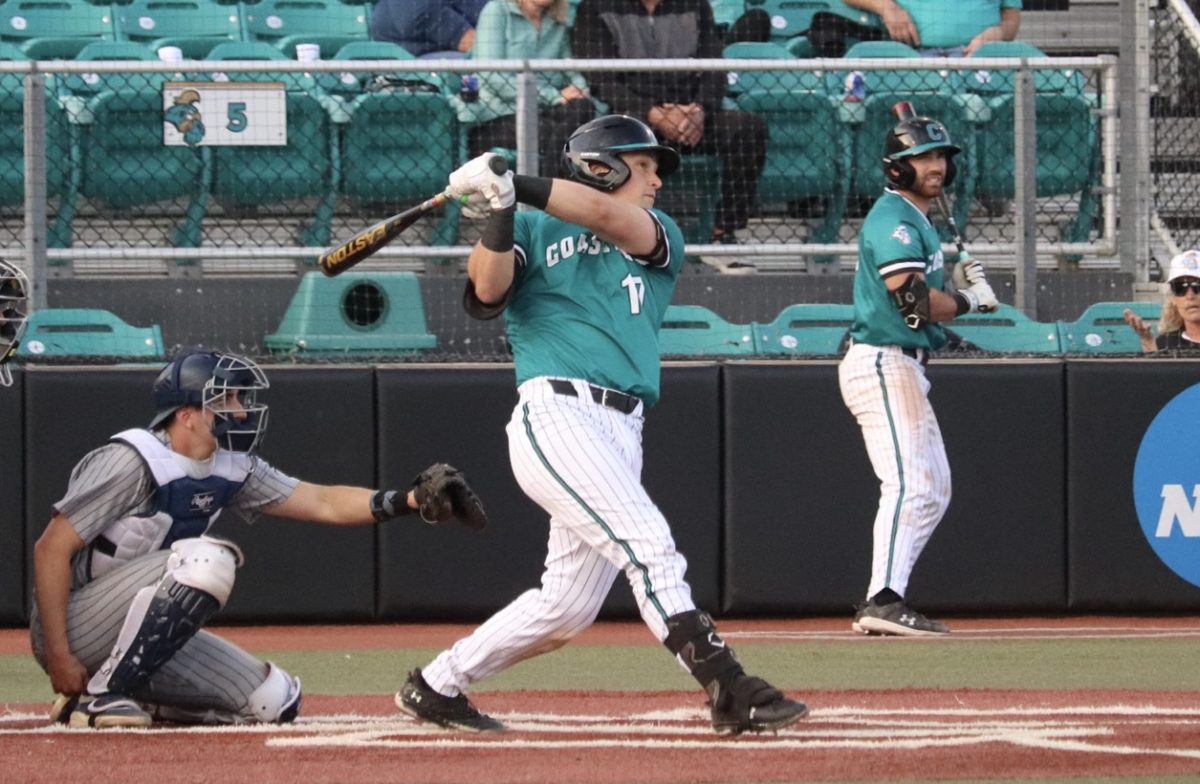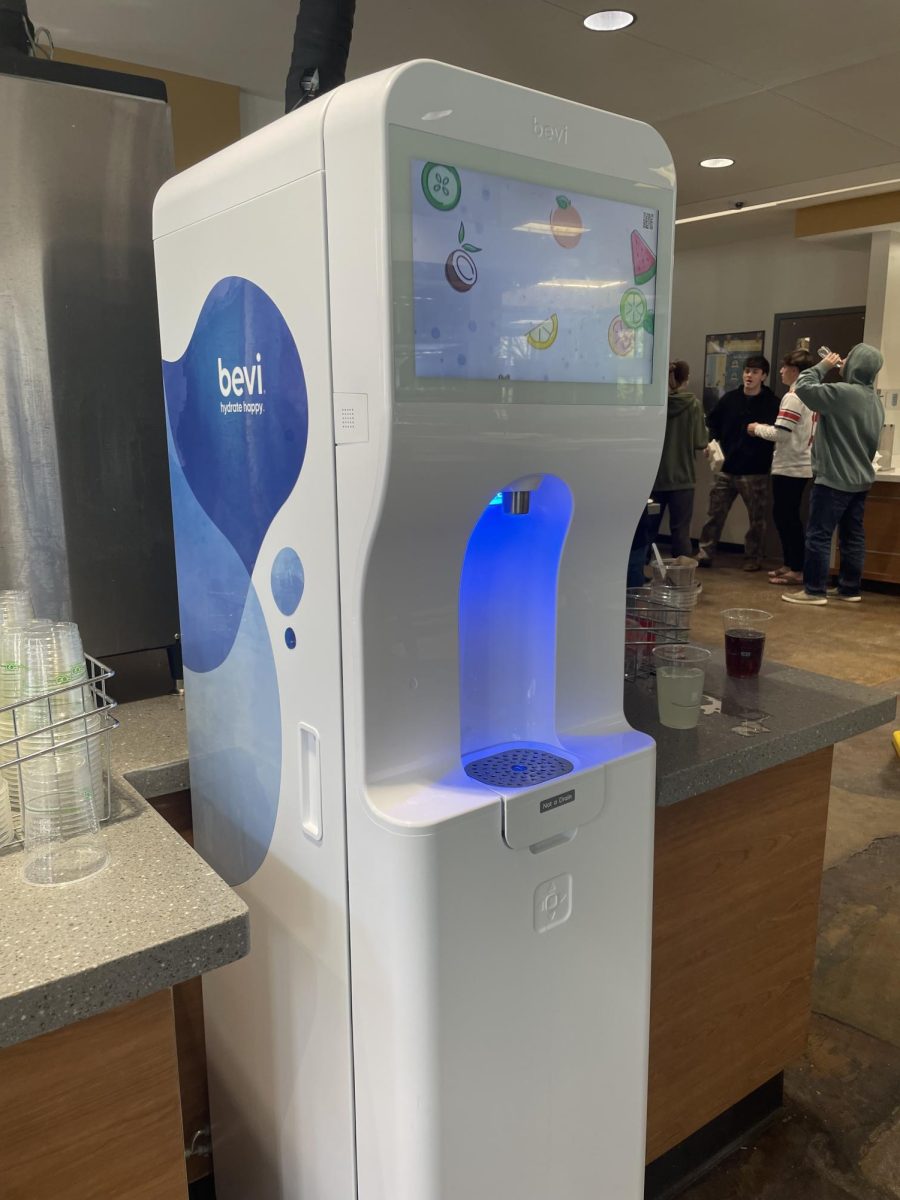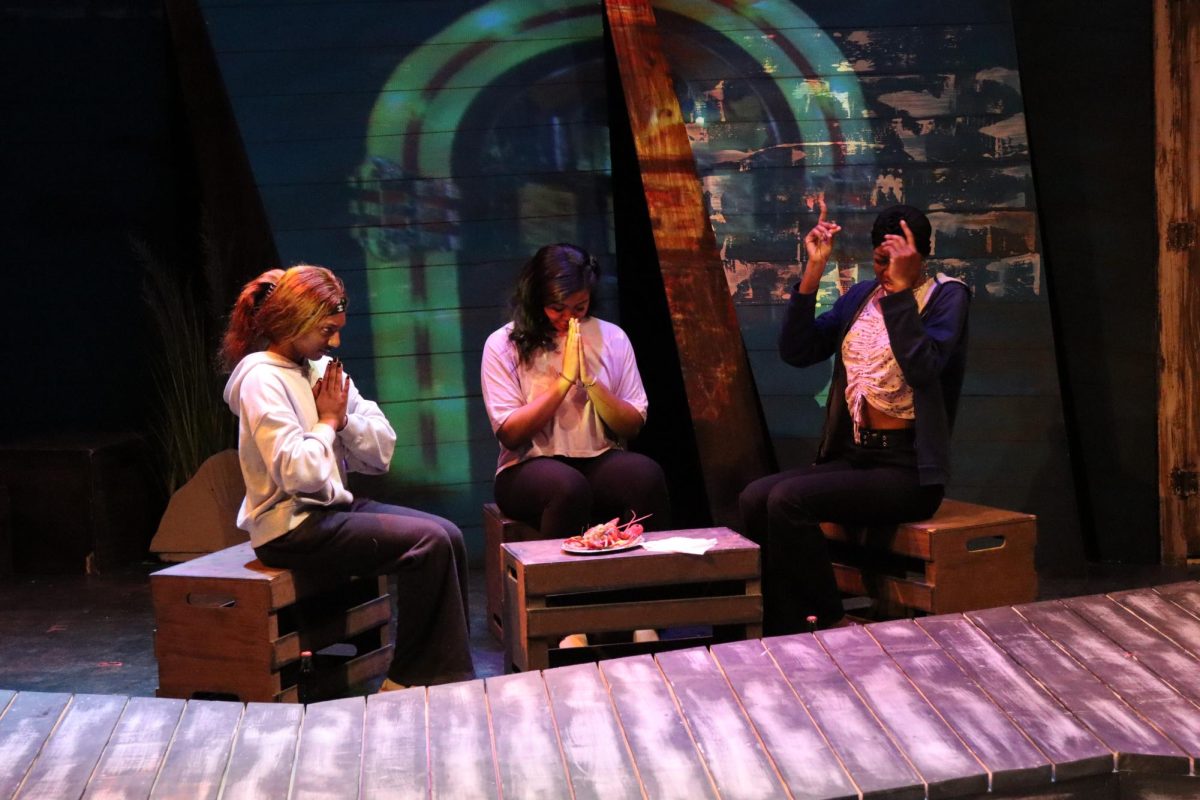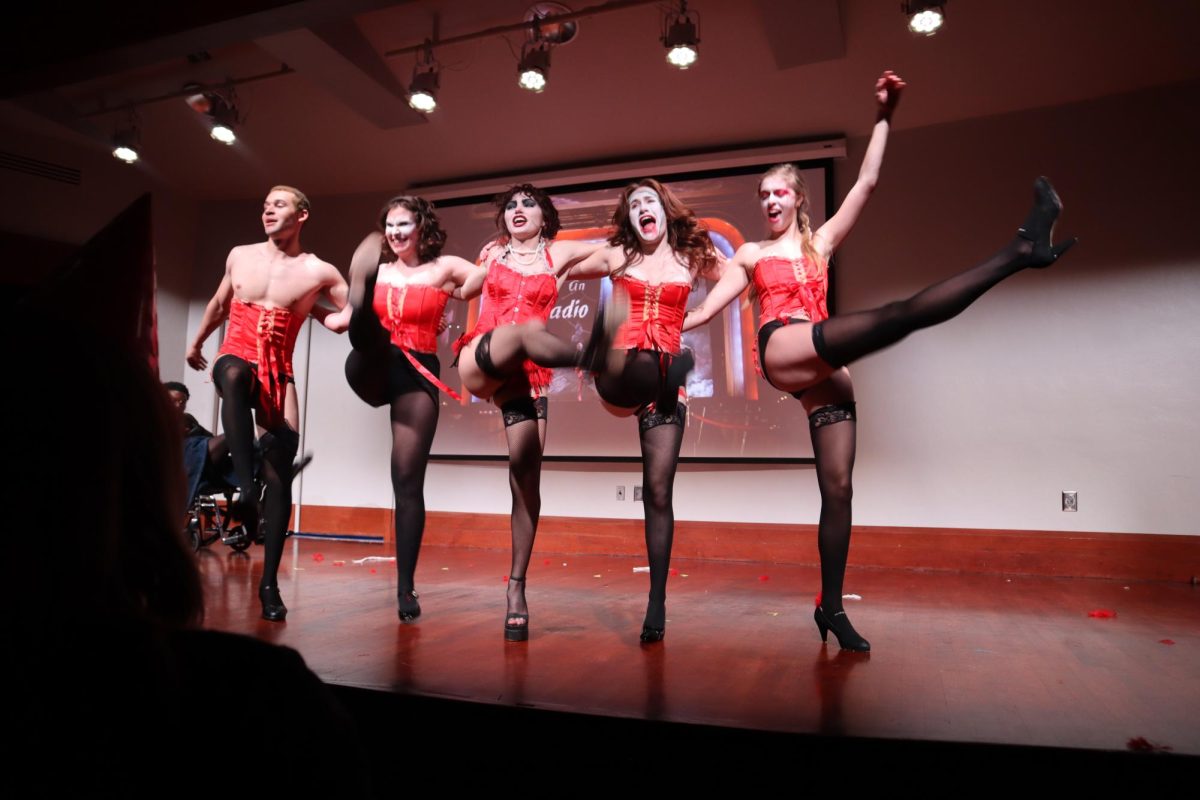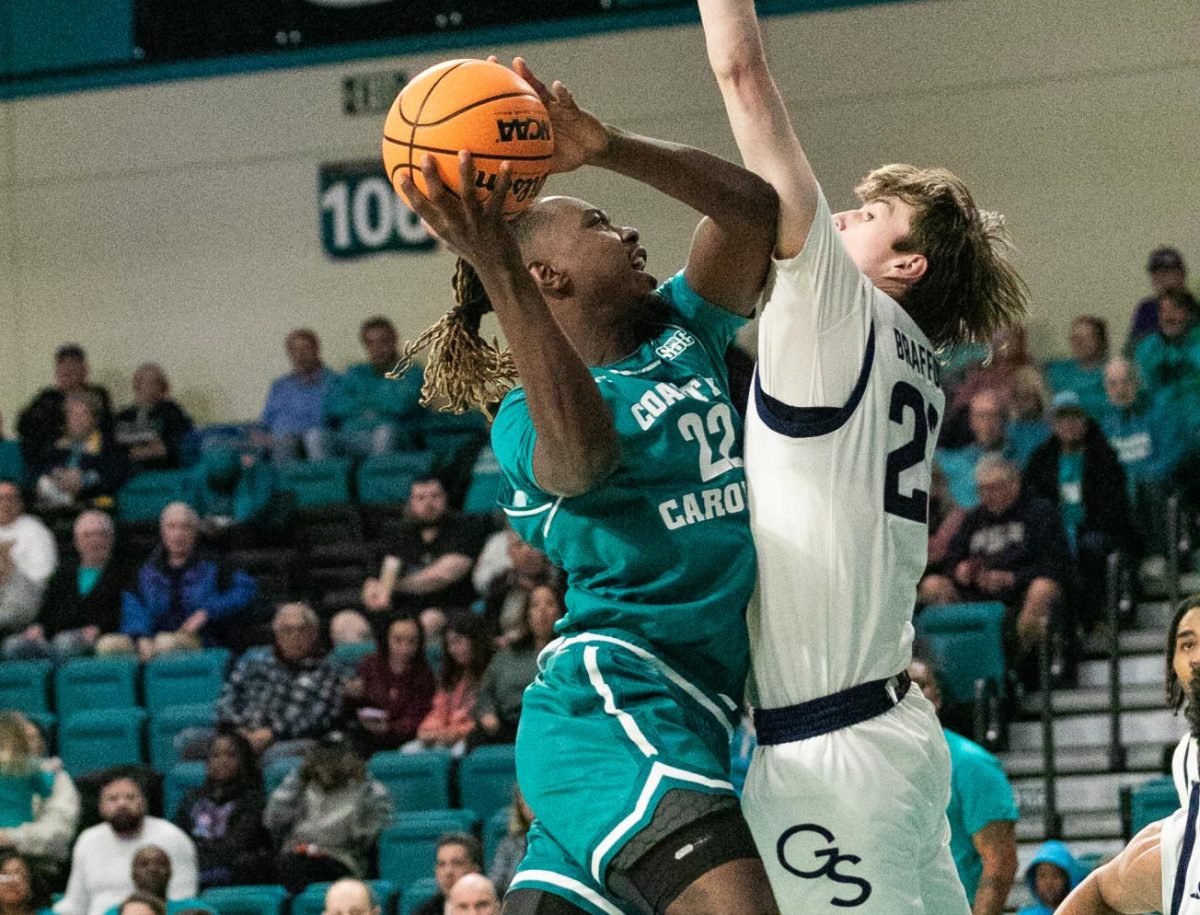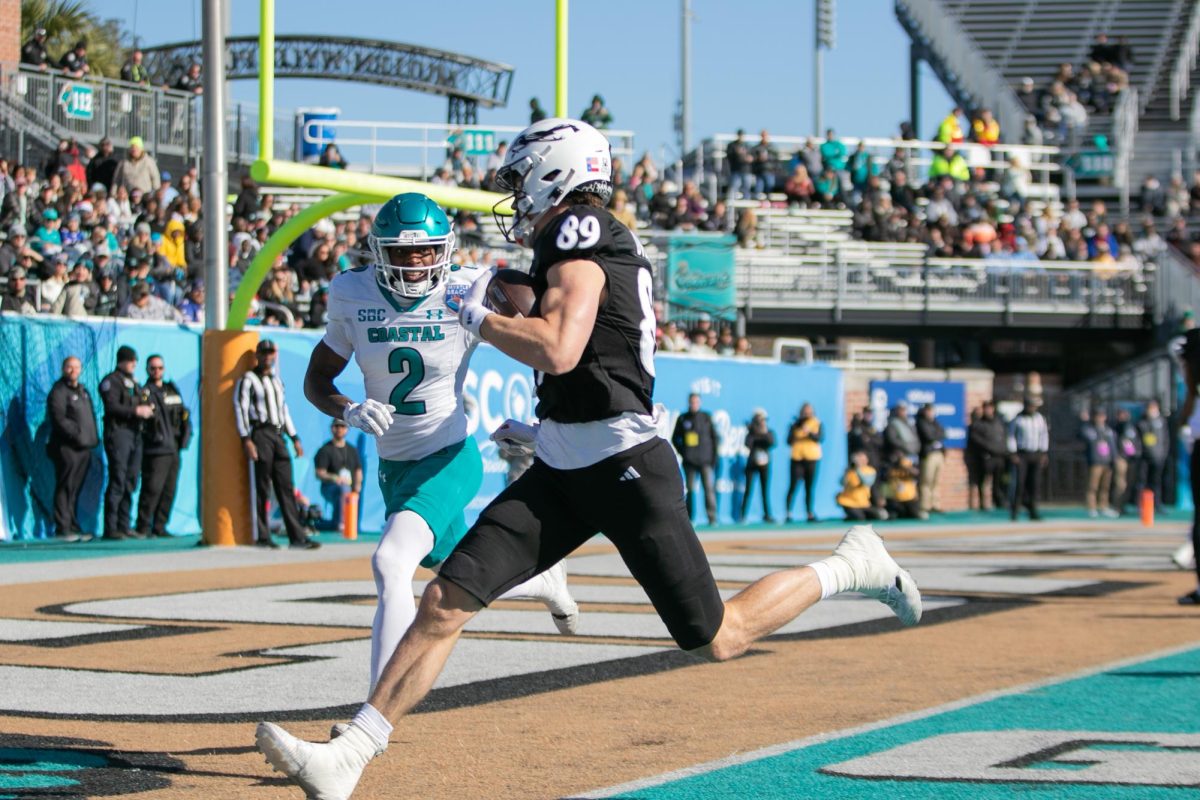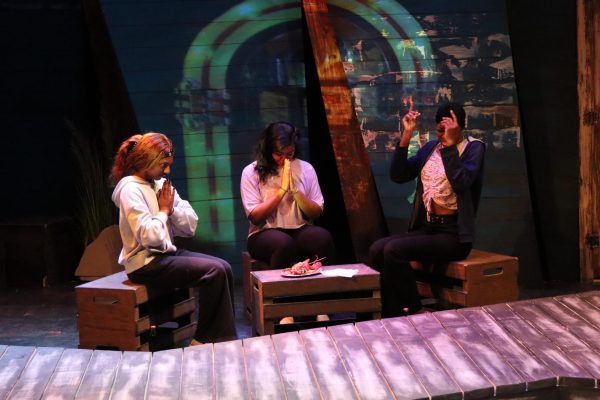Germany’s first impression
Willkommen! This is the first article of a series which will be in every print issue until the end of the semester. I will talk about my experiences in Germany and note the cultural differences, historical aspects, how daily life is here versus the United States, and more.
I’ve been in Germany for almost a week now, and it’s everything I expected. From public transportation to food brands to meeting people from all over the world, this is more than I could’ve asked for.
I arrived at the Frankfurt airport and was told to navigate myself by train to Remagen, where my university, Hochschule Koblenz – RheinAhrCampus is located. I was pretty anxious, but I don’t think I show nerves which was good as I was a foreigner in a country I’d never visited before.
Luckily, I was met at my connector train by someone at the university, where he greeted me with coffee, olive bread, pretzels, mango juice, among other nice snacks. Once we arrived at the Remagen Bahnhof (train station), I was greeted with a homemade sign that read “Welcome to Germany.”
I was not anticipating this kind of arrival, but I was thoroughly pleased. I hope incoming exchange students at Coastal have the same type of heart-warming welcome.
I am staying in a two-bedroom dormitory with a woman from South Korea. I have not met her yet, but I am more than excited. Within my short period at the university, I have met international students from Albania, Brazil, Georgia, and Ukraine. These are students who have already been at the university for a semester or more; the other international students will come in the following weeks.
After holding several conversations, it is interesting to learn about the cultural differences between countries. For example, in Albania it is rude to sneeze, laugh, or blow your nose loudly, but one can sing as loud as they like with no questions asked. Whereas in Germany, one can laugh as loud as they’d like, and it is good to sneeze or blow your nose loudly for it indicates the “bad is going away.”
The hardest part for me thus far is trying to navigate public transportation.
For the zug (trains) and U-Bahn (buses) there is an app which lists all the times for the public transportation. It is very convenient unless you are me and only have Wi-Fi in the dorms or on campus. Because of this, I have been travelling to nearby cities with other students and it has been lovely.
RheinAhrCampus is on the Rhine River, which is where a historical bridge from WWII remains. The Ludendorff Bridge, or Bridge of Remagen, was built in WWI and destroyed during WWII when the Germans found American soldiers were using it to move troops and allies.
The campus I’m at is vastly different from Coastal in many ways. One, there are only about 3,000 students. When I tell the other students that my university back home is considered small with 12,000 students, their jaws drop.
The Mensa, which is the cafeteria, serves the same portion of food each day. There are always two options, the vegetarian meal or the meal with a meat protein, and everyone is given the choice of salad, soup, and something sweet such as an apple or a Mr. Tom which is a peanut bar stuck together with caramel.
I like this method better than Hicks or CINO Grille, because the food is usually healthier, and I am always given enough to fill me up for a few hours. Plus, it only costs around €2,50 which is the equivalent of just under $3 for the whole meal.
In the coming weeks I will meet more international students, learn more about the rich history of my town and nearby cities, and immerse myself more into the German culture. Pick up our next issue to learn more about my travels and the wonders of Germany.
